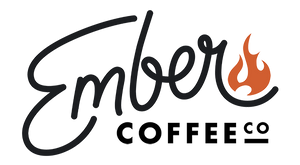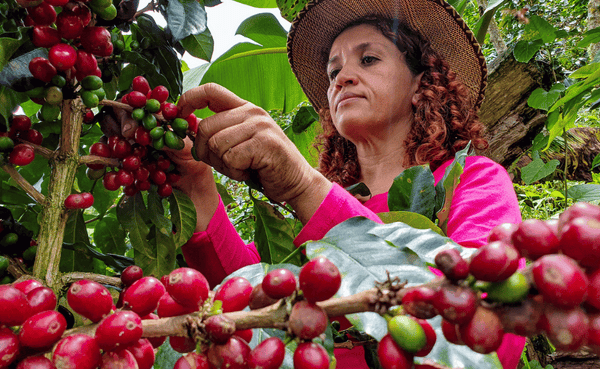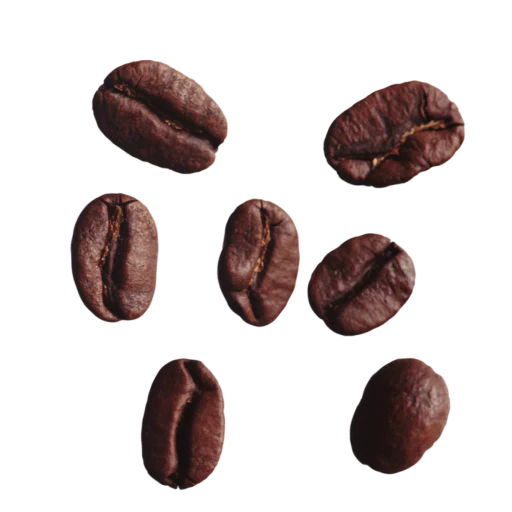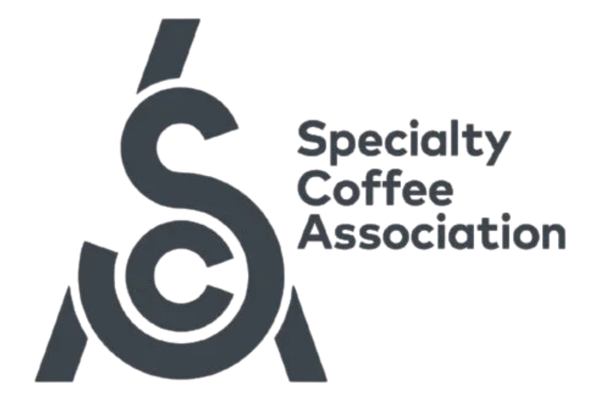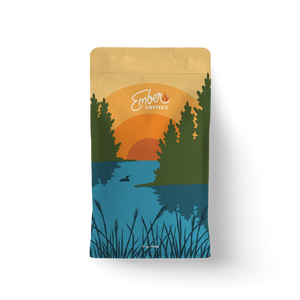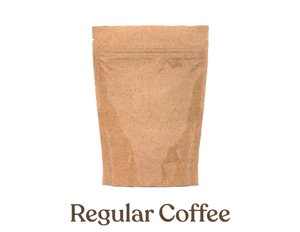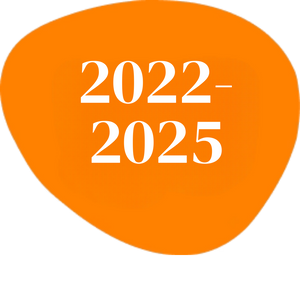
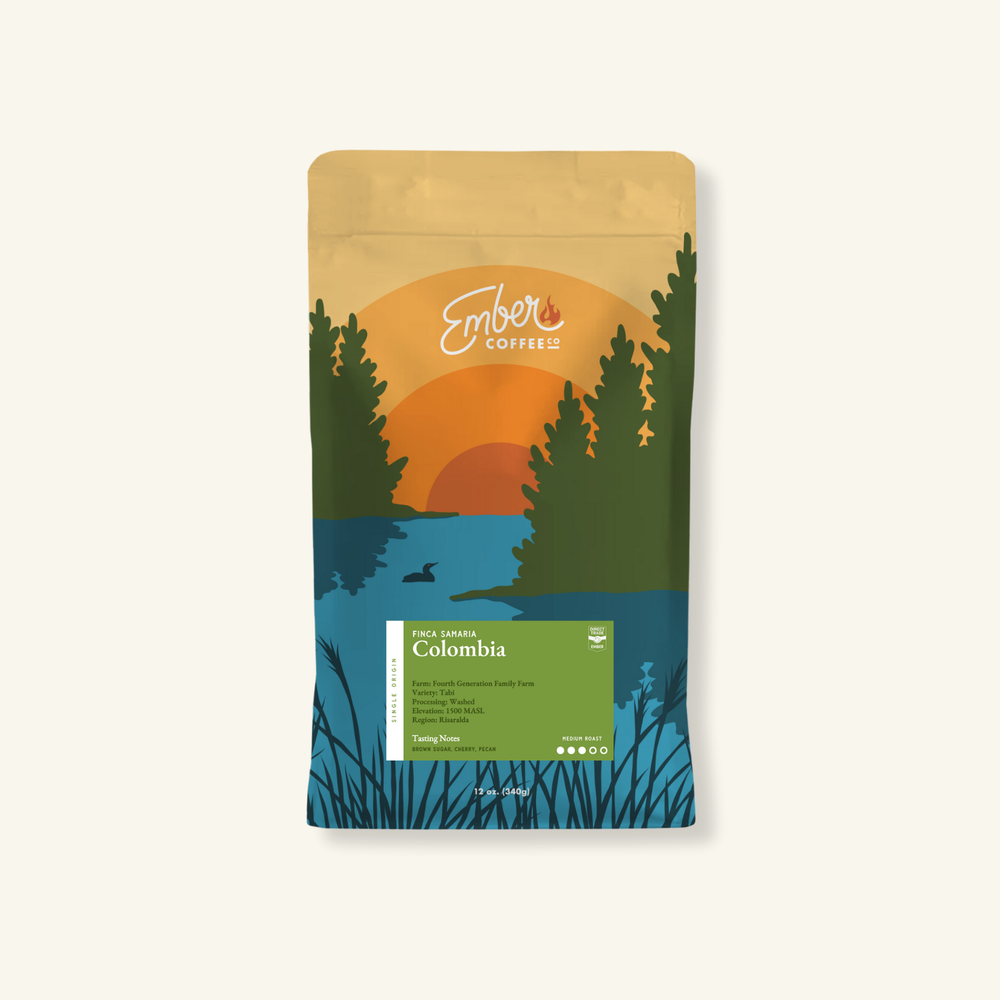
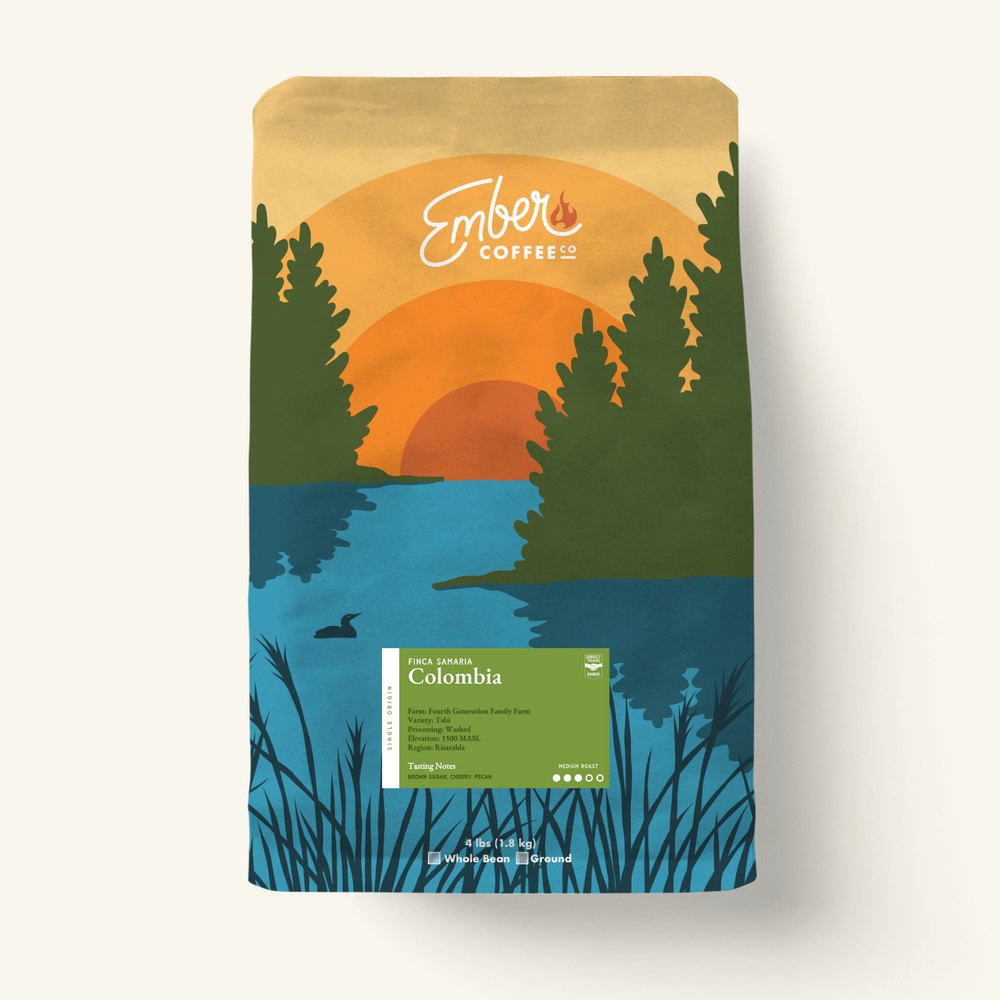











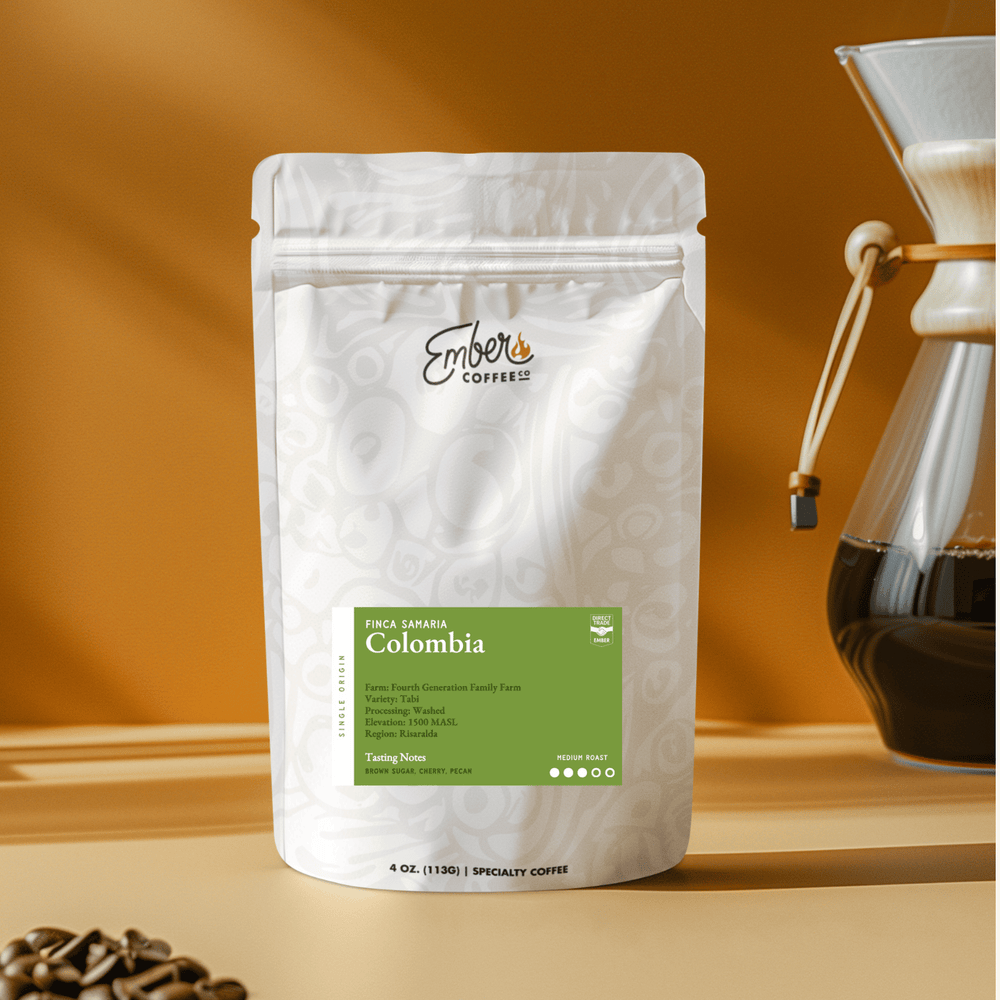















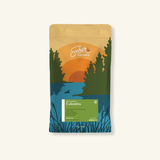
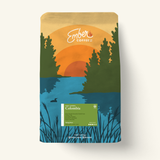












BEST USED FOR:
"Always consistent and comforting. My everyday go-to for a reason. It’s the kind of coffee that makes you want to sit and stay a while."
Emma L. VERIFIED BUYER
Notes of brown sugar, cherry, pecan
Brown sugar melts across your tongue like summer afternoons that refuse to end—sweet but earned, golden but grounded. This is coffee that understands patience, that knows some sweetness only comes from waiting.
Cherry arrives next, not the candy-bright of spring but darker, concentrated, like fruit that stayed on the branch one week longer than safe. It plays against the brown sugar, creates that tension between comfort and surprise that makes mornings worth waking for.
Then pecan emerges, buttery and substantial, the taste of Southern porches translated to Minnesota mornings. It doesn't shout; it settles, creates foundation for everything else to build upon.
This is coffee for beginnings that don't need fanfare. In your morning sanctuary, mug warming grateful hands, you taste what balance means—not everything equal, but everything necessary. The sugar grounds, the cherry lifts, the pecan holds. Together they create coffee that tastes like promises you make to yourself and actually keep.
Air roasting uses clean, hot air to roast each coffee bean evenly—resulting in a smoother, cleaner flavor without the bitterness or burnt taste you get from traditional drum roasting. Because the beans don’t sit on hot metal, there's no smoky aftertaste—just pure, nuanced notes. It’s a gentler process that lets the bean’s true character shine.
Air roasting uses clean, hot air to roast each coffee bean evenly—resulting in a smoother, cleaner flavor without the bitterness or burnt taste you get from traditional drum roasting. Because the beans don’t sit on hot metal, there's no smoky aftertaste—just pure, nuanced notes. It’s a gentler process that lets the bean’s true character shine.
100% Specialty Arabica Coffee
